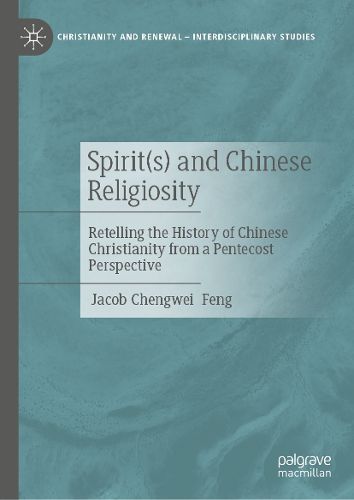Readings Newsletter
Become a Readings Member to make your shopping experience even easier.
Sign in or sign up for free!
You’re not far away from qualifying for FREE standard shipping within Australia
You’ve qualified for FREE standard shipping within Australia
The cart is loading…






This book offers a fresh perspective on the history of Chinese Christianity, retelling it through the lens of Pentecost (Acts 2) to illuminate the rise of Pentecostal and charismatic Christianity in China from the 20th century onward.Parting from traditional academic studies of Chinese Pentecostalism, the author departs from beginning with the early 20th-century introduction of the Pentecostal movement to China, and instead examines the deeper historical and theological roots of Chinese Christianity. In identifying this gap, the author argues that China's rich religious and cultural context-shaped by a pantheon of spirits and ghosts-provided a fertile ground for the acceptance and flourishing of modern Pentecostal thought and practice. Through this innovative analysis, the book connects Pentecostalism's global emergence with the unique spiritual landscape of China, offering new insights into both Chinese and Pentecostal Christian history. It is an important read for scholars of religious history and theology.
$9.00 standard shipping within Australia
FREE standard shipping within Australia for orders over $100.00
Express & International shipping calculated at checkout
This book offers a fresh perspective on the history of Chinese Christianity, retelling it through the lens of Pentecost (Acts 2) to illuminate the rise of Pentecostal and charismatic Christianity in China from the 20th century onward.Parting from traditional academic studies of Chinese Pentecostalism, the author departs from beginning with the early 20th-century introduction of the Pentecostal movement to China, and instead examines the deeper historical and theological roots of Chinese Christianity. In identifying this gap, the author argues that China's rich religious and cultural context-shaped by a pantheon of spirits and ghosts-provided a fertile ground for the acceptance and flourishing of modern Pentecostal thought and practice. Through this innovative analysis, the book connects Pentecostalism's global emergence with the unique spiritual landscape of China, offering new insights into both Chinese and Pentecostal Christian history. It is an important read for scholars of religious history and theology.